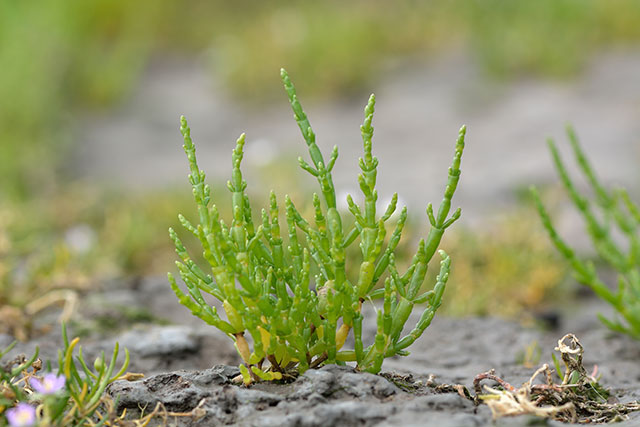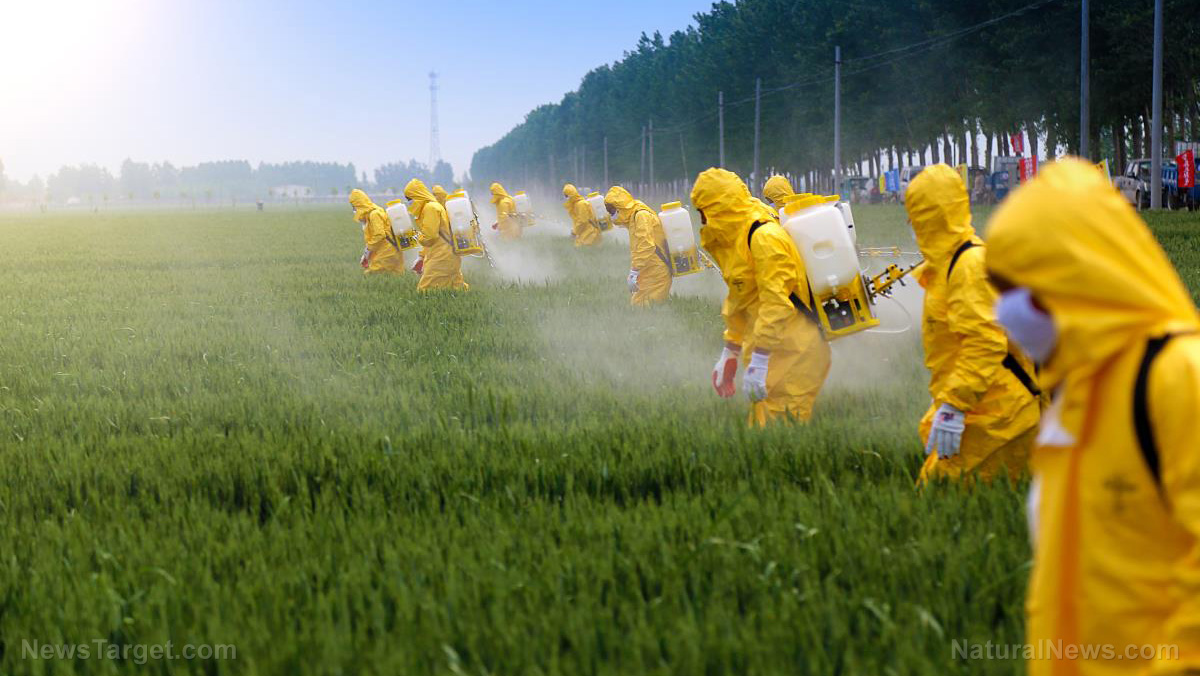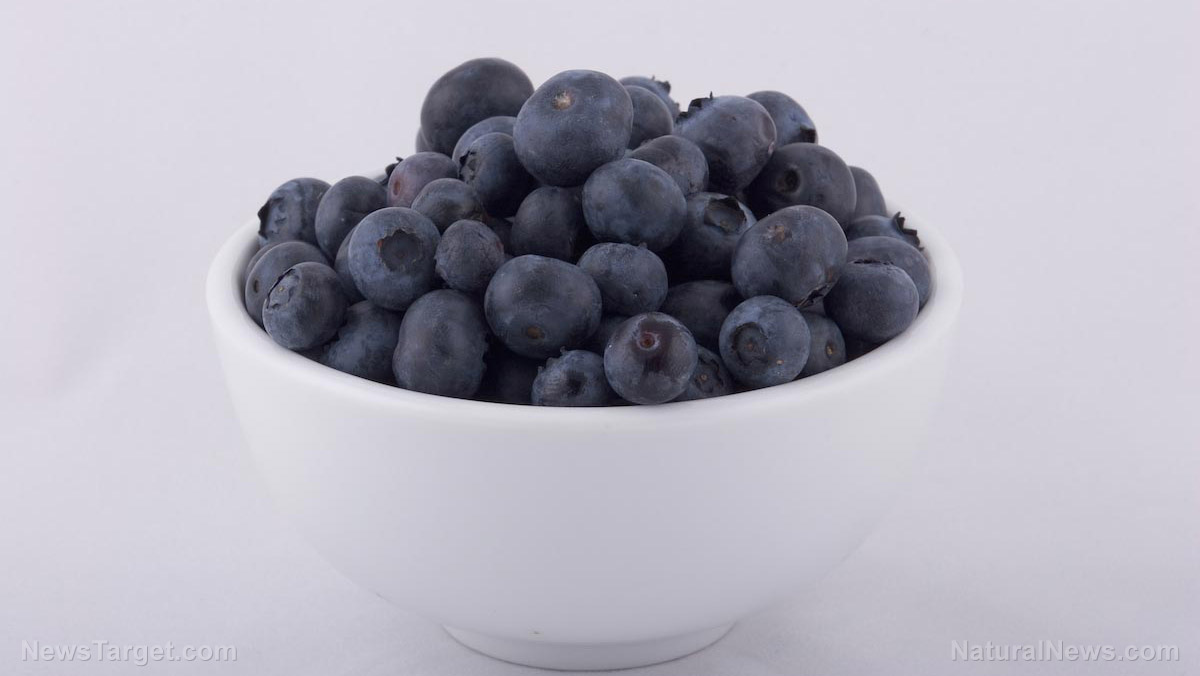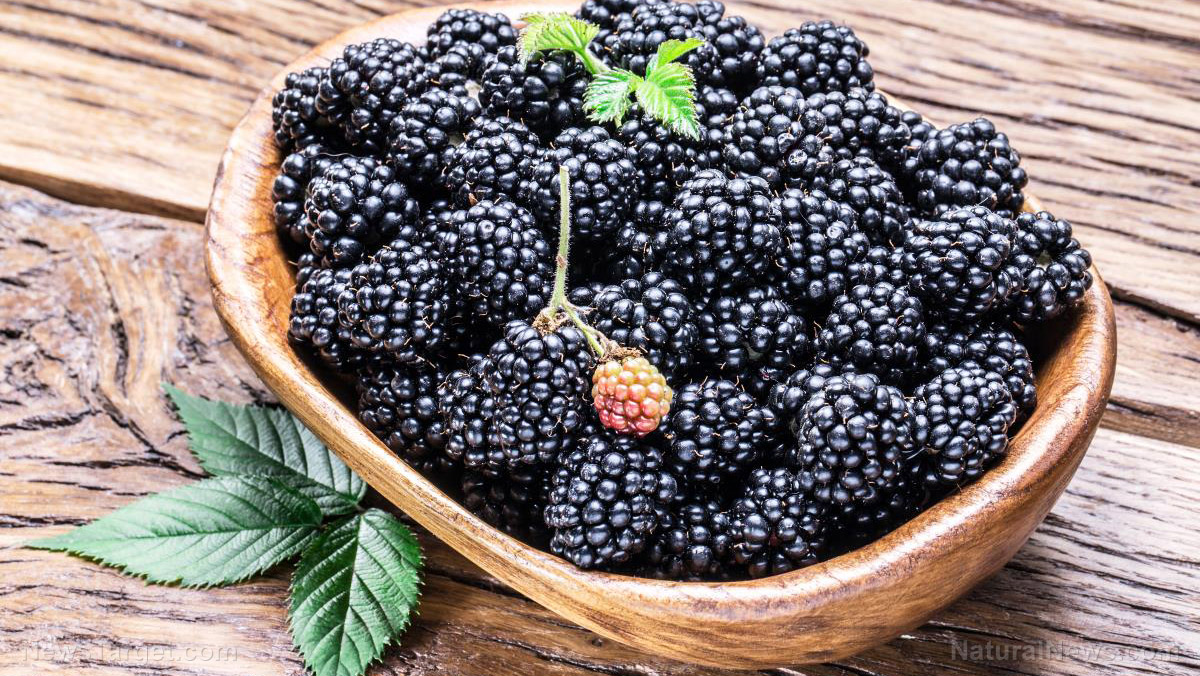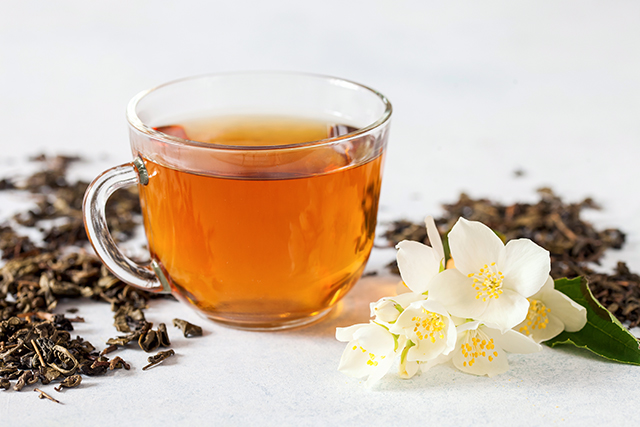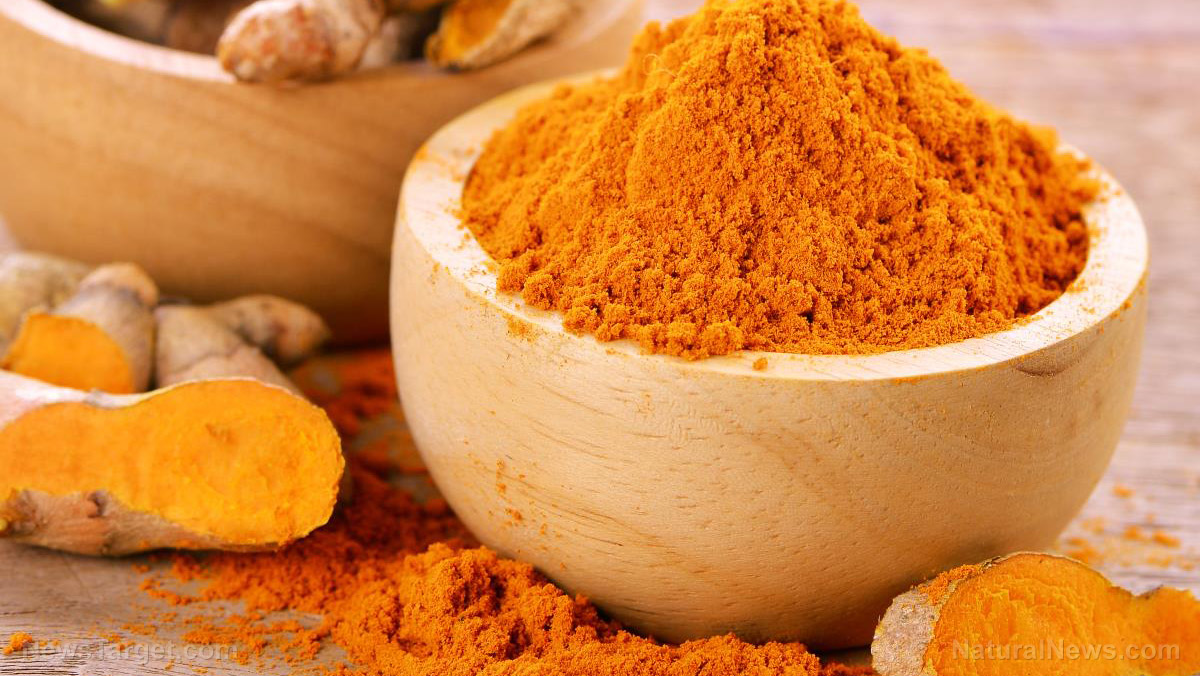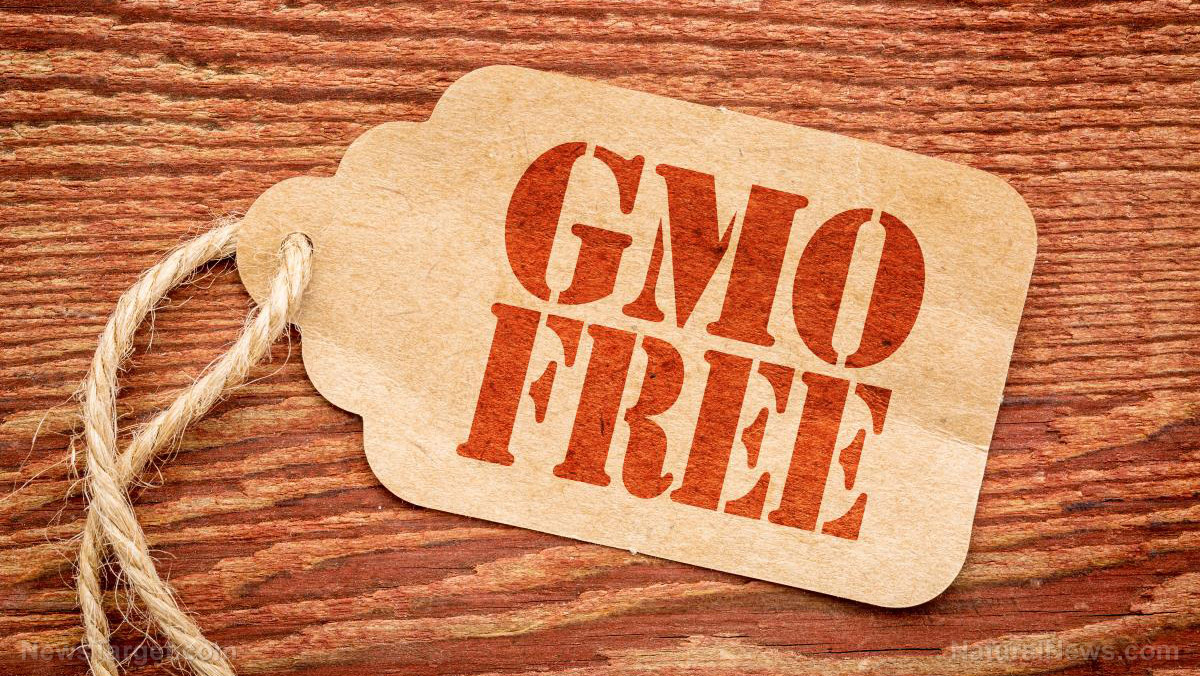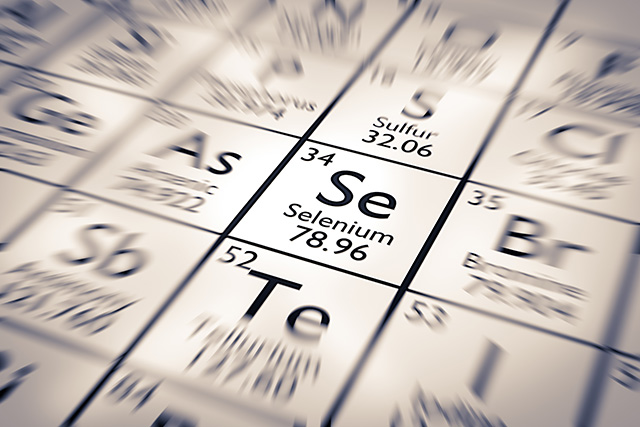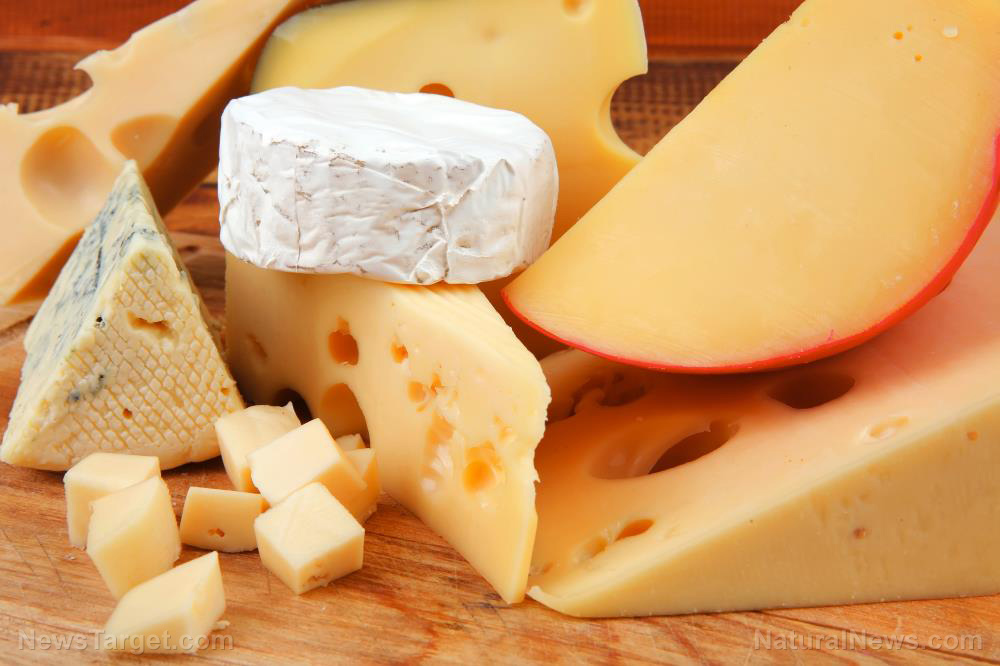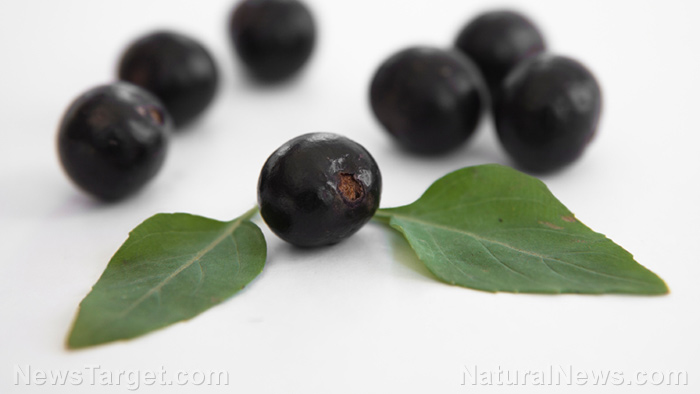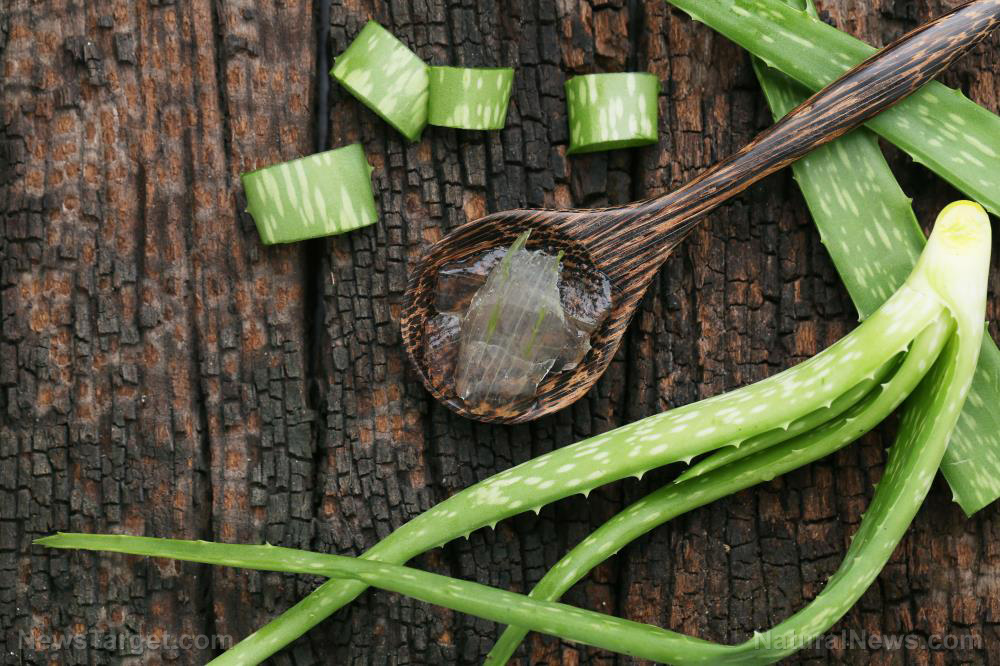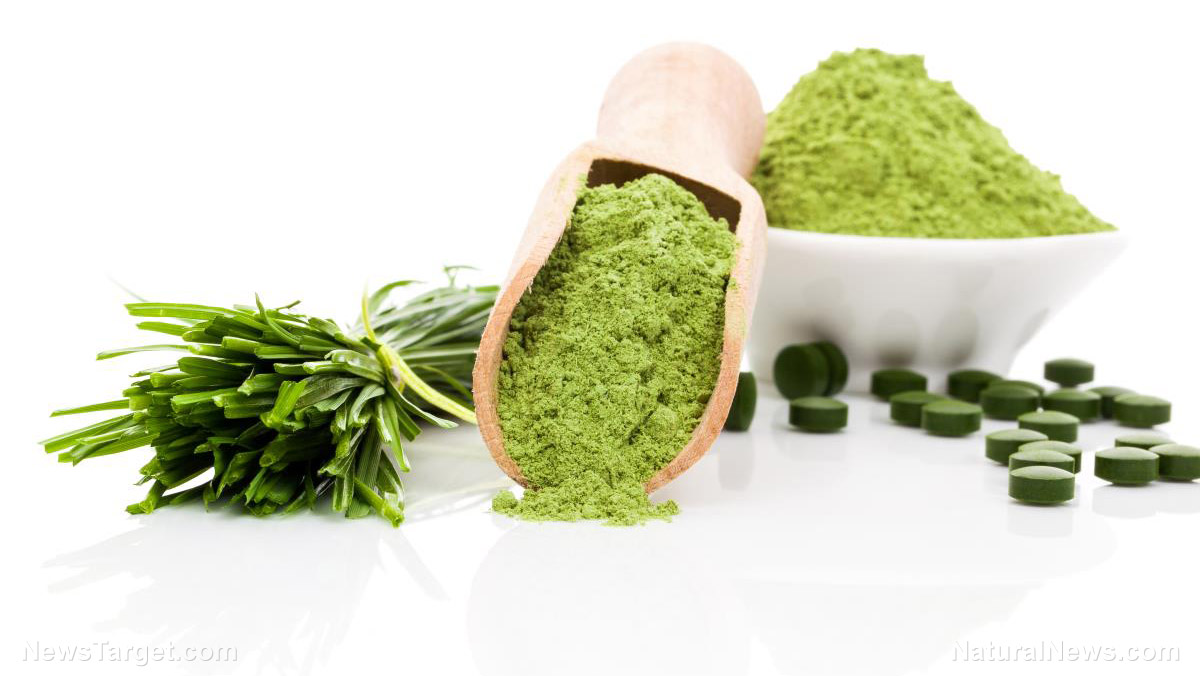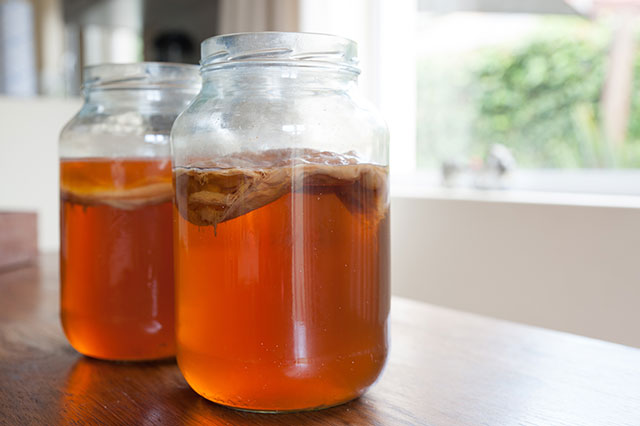This little-known trick allows you to unlock the healing properties of garlic
08/08/2018 / By Rhonda Johansson
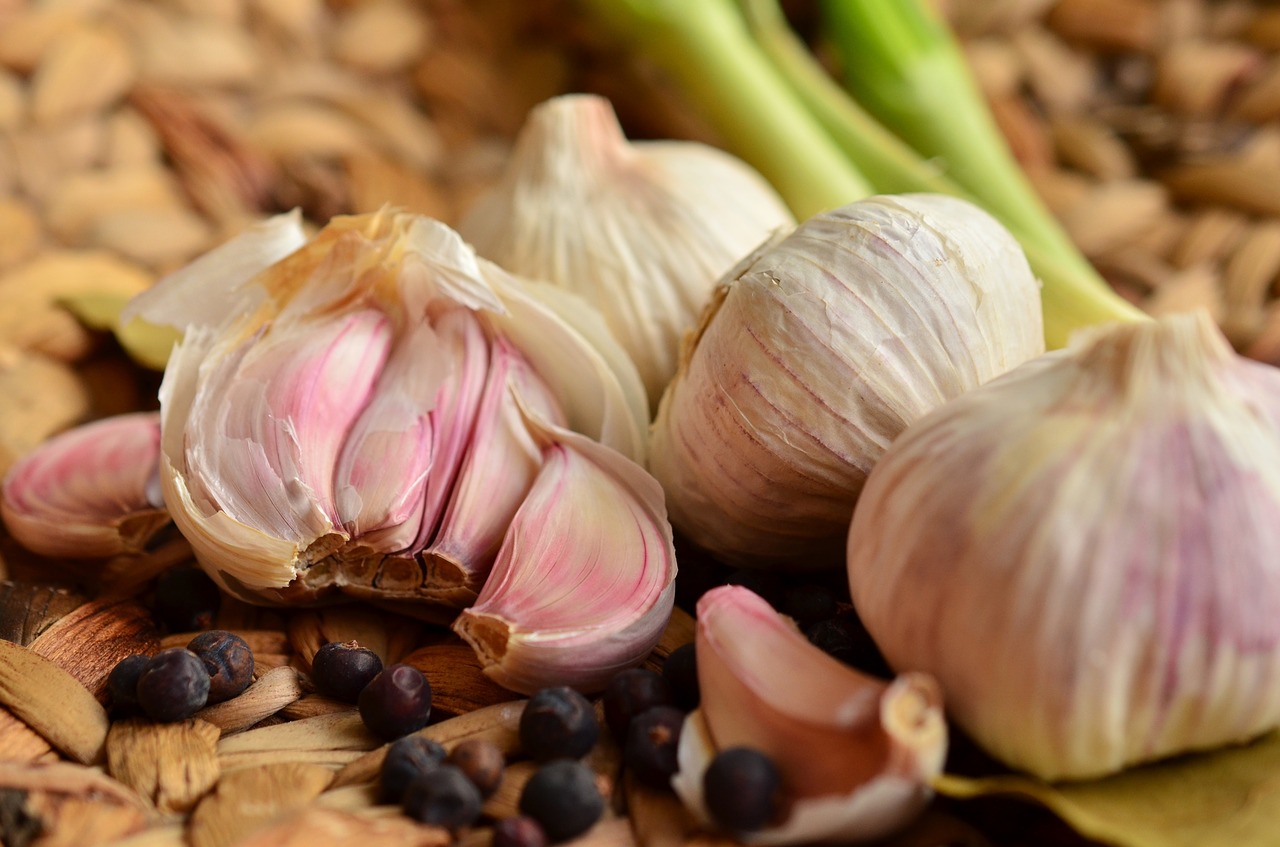
Dehydrate your garlic next time. This little-known trick still gives you the same health benefits as fresh garlic with the added convenience of a longer shelf life. This article will walk you through making your own garlic powder.
Before that though, let’s talk about why garlic is so crazy-healthy good for you. Garlic is rich in a compound called allicin, which is a powerful alternative medicine. Integrative treatments use garlic to treat various illnesses and infections. Allicin is also responsible for garlic’s pungent odor. The antibacterial function of allicin stimulates white blood cell production, improving immune system function, and reducing free radical damage. Allicin has been suggested to prevent the abnormal growth of cancer cells, making it a delicious anticarcinogenic.
These properties of allicin are seen when the compound is physically disturbed, such as through chewing, slicing, or crushing. This explains the slightly yellowish oils you find coating your fingers after you chop a clove or two. While this makes allicin easy to get, it also makes the compound extremely volatile. To receive its full healing potential, it is necessary that you use only the freshest garlic. Barring that, making your own garlic powder is the next best solution. By dehydrating the garlic, you still maintain beneficial levels of allicin while reducing the compound’s volatility.
The dehydration process also makes several minerals found in fresh garlic more potent. Manganese, in particular, improves in its antioxidant properties. This mineral is necessary for good bone health, increased collagen production, and improved metabolism. Every two tablespoons of dried garlic contains 0.2 mg of manganese, which is nine percent of the daily recommended manganese intake for men and 11 percent for women. Other minerals that are found in dried garlic include iron, copper, and phosphorous — all of which promote good health.
Making your own garlic powder
To make your own garlic powder, follow these simple steps:
- Place around three pounds of peeled garlic into a blender and pulse it to a rough texture. Do not overblend as this will release the juice and change the consistency of the mixture. Aim for a nice, minced texture.
- Spread the minced garlic into a dehydrator.
- Set the dehydrator to a vegetable setting (around 125 degrees Fahrenheit). Regularly check the garlic and make sure it isn’t sticking or burning on the tray.
- Dehydrate until the garlic is extremely dry. Ideally, the mixture should have absolutely no moisture and should be crunchy.
- Transfer the mixture into a smaller blender and pulse this into a powder. This may take several pulses depending on your preference.
- Store this in an airtight container. Jars should be placed on shelves that are not directly exposed to sunlight.
Garlic: the superfood of detoxification
Classifying superfoods is a little tricky. Naturally, the term “super” implies that these foods perform a plethora of healing activities. It is difficult, then, to label one food as the absolute go-to for a specific benefit. That being said, wellness experts and nutritionists laud garlic as one of the better superfoods (as redundant as that sounds) for detox.
Garlic stimulates the liver into producing detoxification enzymes that flush out toxic residues in the digestive system. One study found that garlic is extremely effective in removing toxic lead from the system — being just as effective as a common chelation drug, d-penicillamine. This study, published in Basic & Clinical Pharmacology & Toxicology, saw that patients who consumed large amounts of fresh garlic showed significantly reduced lead concentration in their blood and tissue, without the side effects found by taking d-penicillamine.
Garlic also helps detox the body by flooding it with 39 different antifungal, anti-parasitic, antibacterial, and antiviral agents. These agents prevent the inflammation of cells caused by infection while promoting the production of detoxifying enzymes.
Sources include:
Tagged Under: dehydrated garlic, detoxifying foods, dried garlic, food as medicine, food cures, garlic, garlic powder, how to, natural cures, natural remedies

